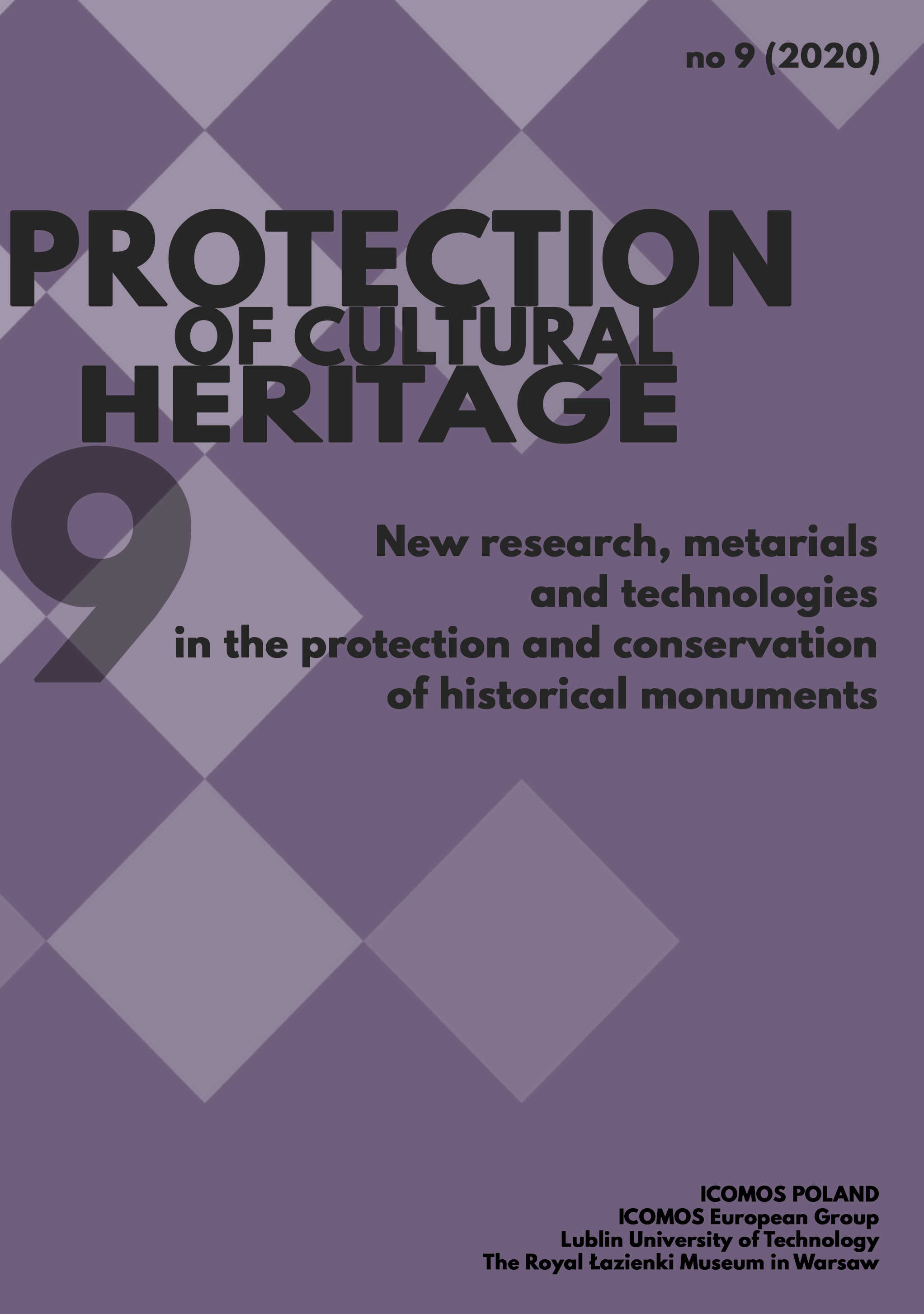Evolution of the principles of historical monuments conservation – the example of UNESCO World Heritage cities
Main Article Content
DOI
Authors
Abstract
Heritage protection is in a period of transformation, which involves, among other things, increasing the influence of stakeholders on heritage protection, management and use. The need for such a modification was formulated in international documents - the Faro Convention (Council of Europe) and the HUL Recommendation (General Assembly of UNESCO), which should be implemented by the states - parties to these organizations. The task of the conservation community is to adapt the theory and practice of heritage protection to these changes. The implementation of the new approach in heritage protection will be a long-term process. The area where changes will quickly take place is the protection of historical cities. Three processes will have to be taken into account in the old town complexes: protection, use, and transformation. Monument conservators will have to develop tools to coordinate and control these processes. The management of UNESCO World Heritage Sites is a testing ground for these activities.







